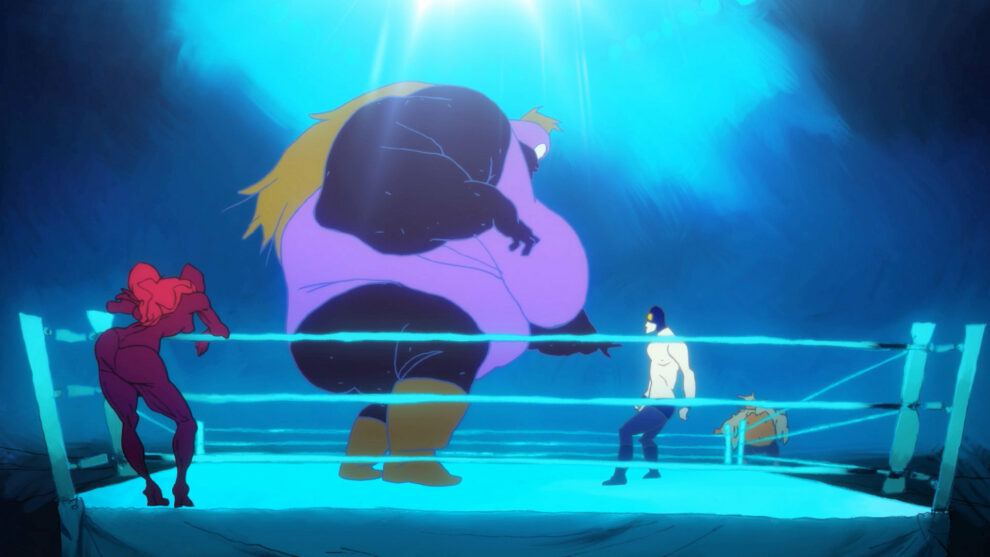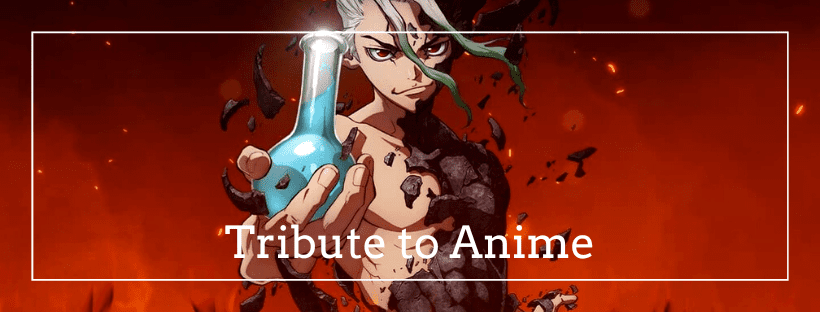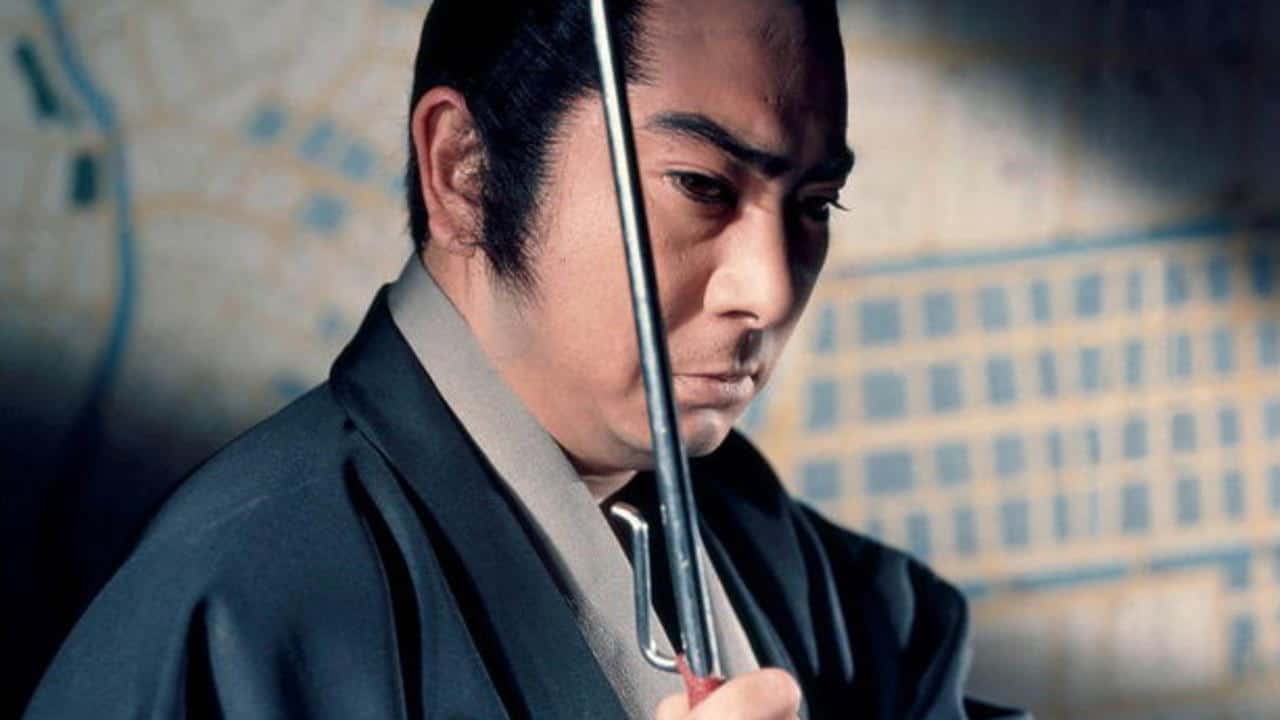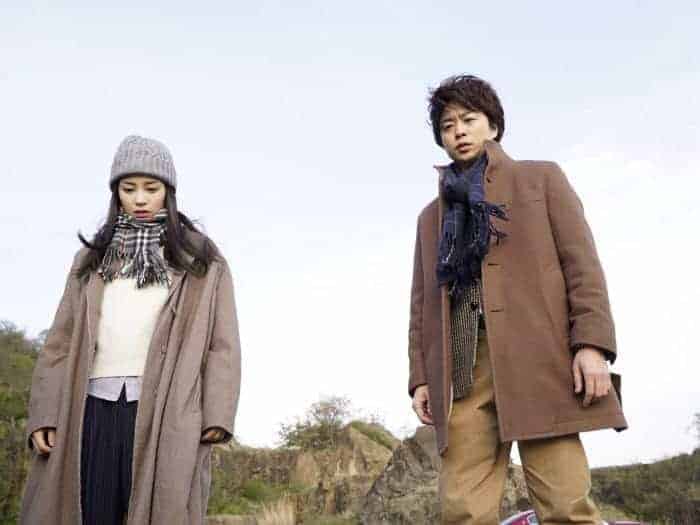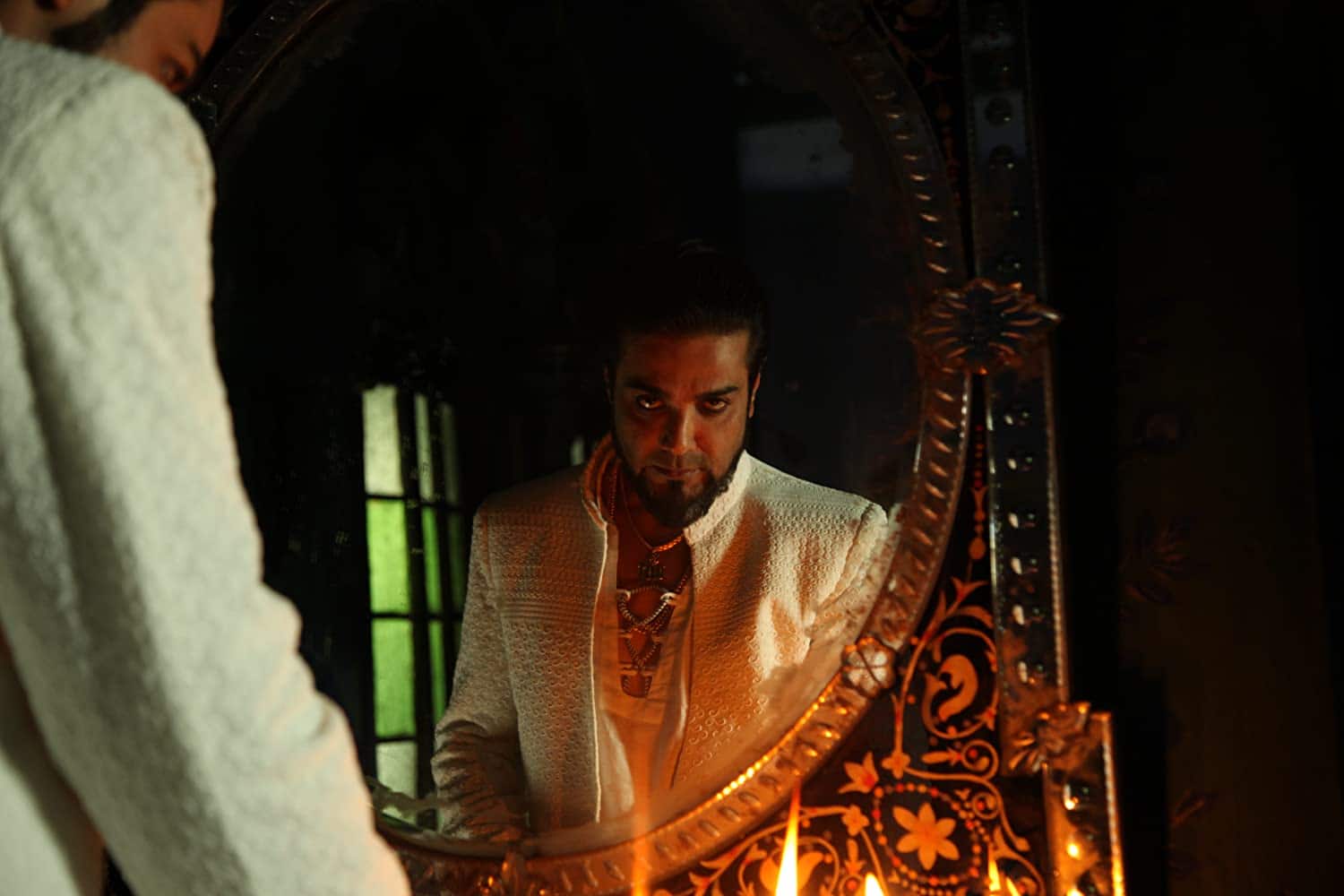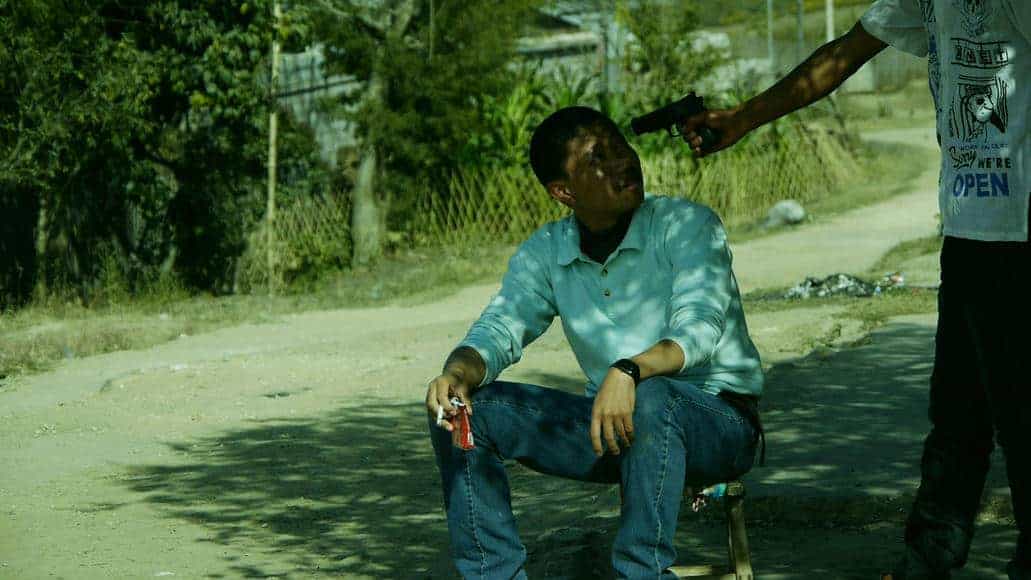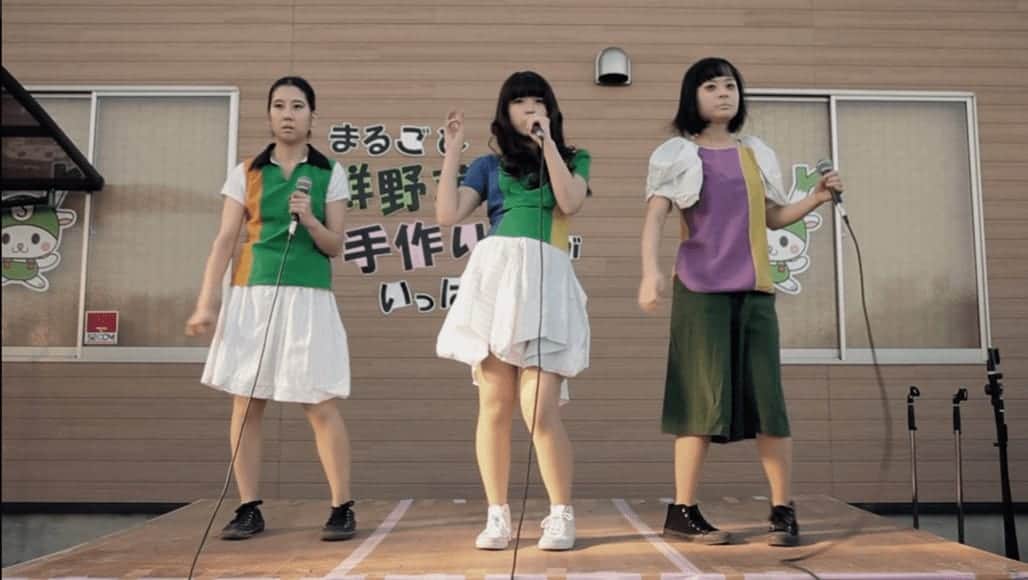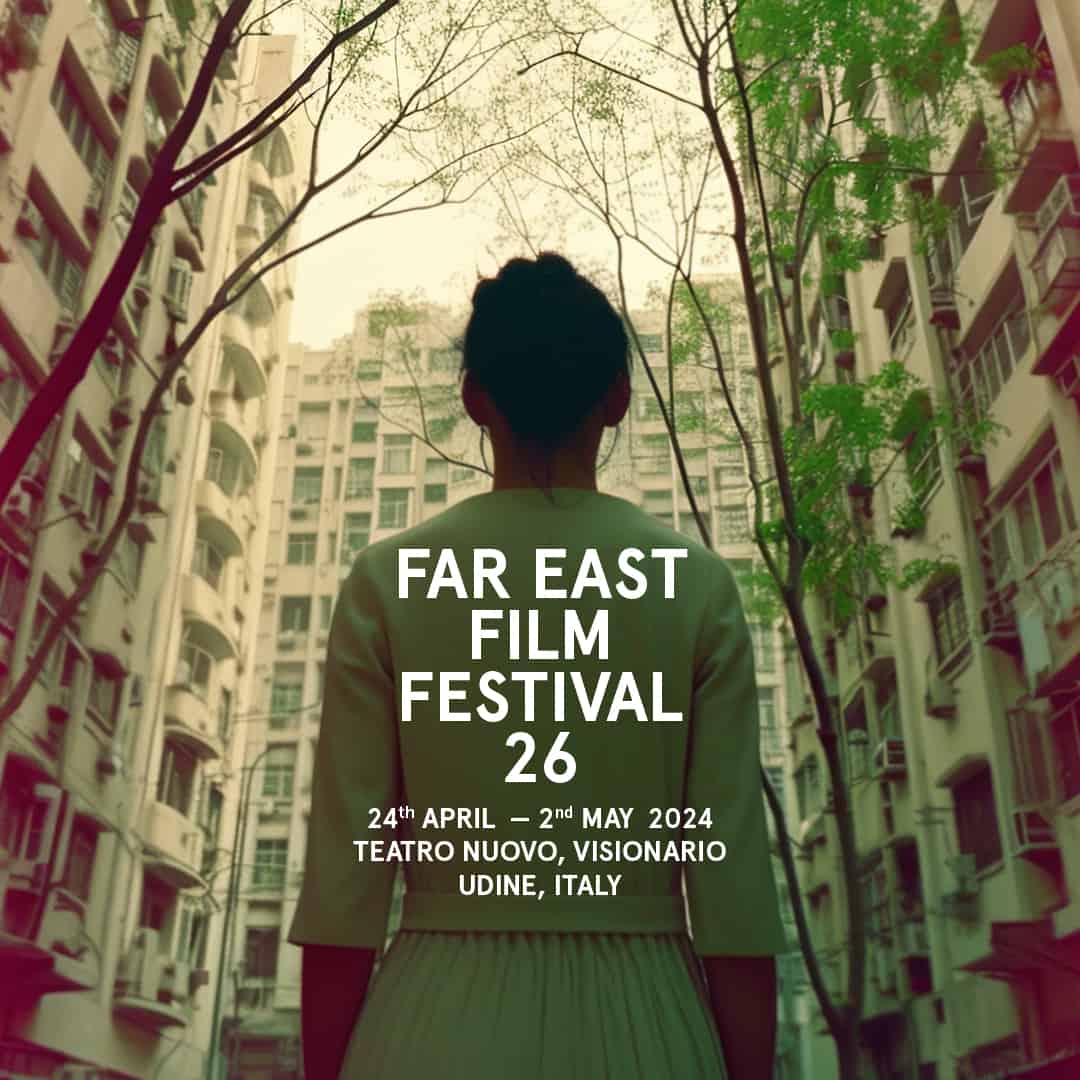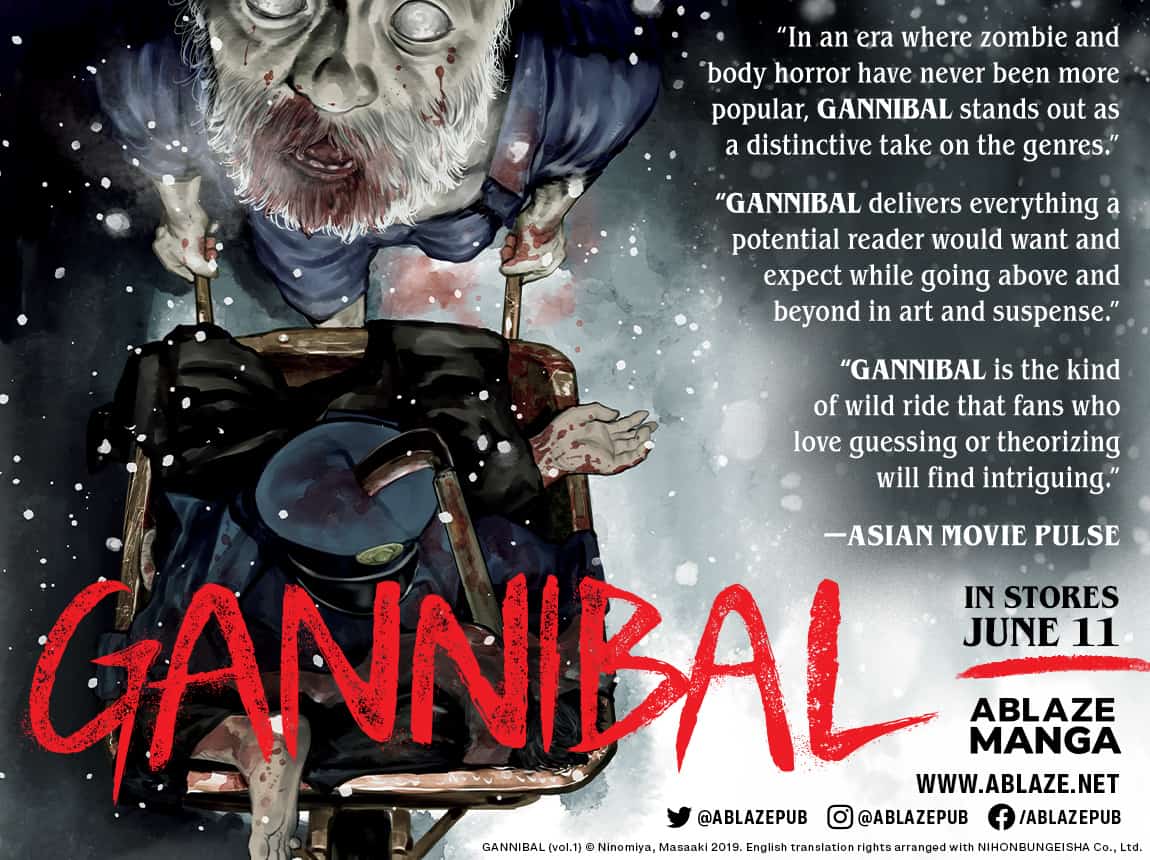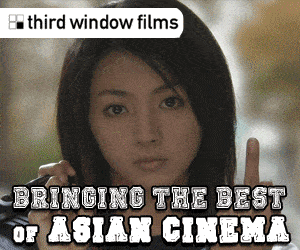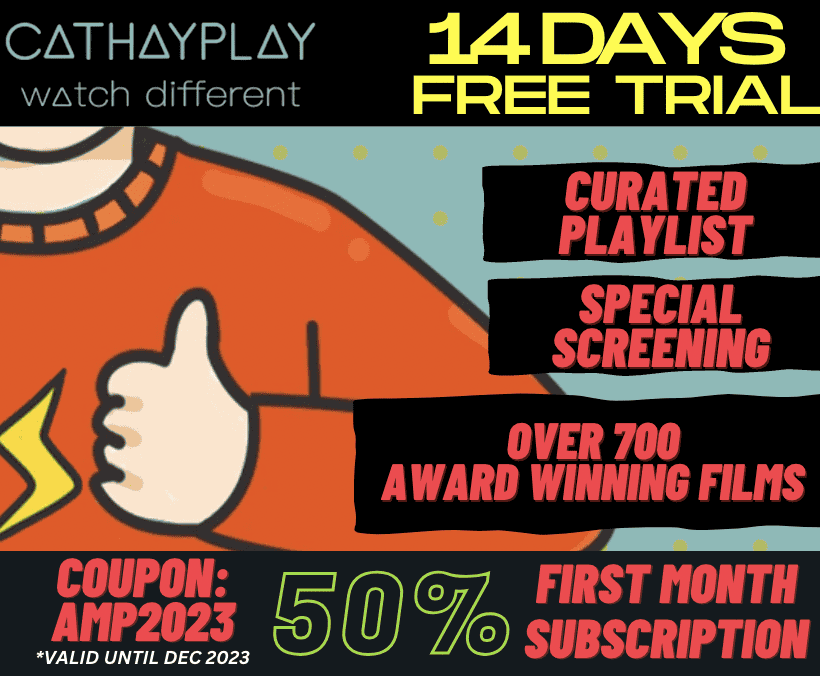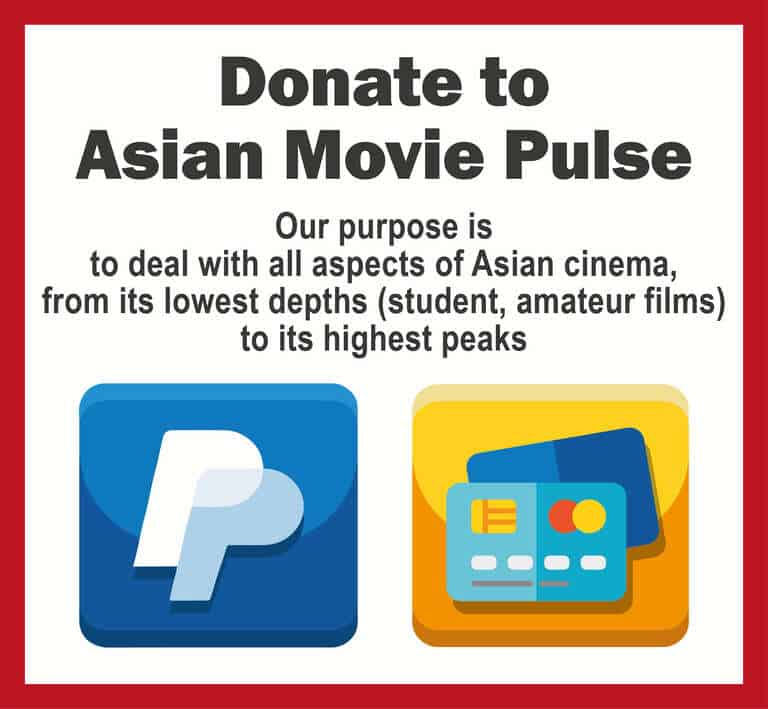Traditionally, the Japanese movie industry, like many others, relies on a few companies controlling the market, with many of its directors and other creative minds learning their craft from working for one of them. While director and animator Masaaki Yuasa started within the same system, during the production of the first completely crowd-funded anime “Kick-Heart”, he founded Science SARU, giving him complete control over his projects. It is certainly an interesting fact to keep in mind when approaching his work at this time in his career, with the aforementioned animated short being a clear indicator how the director would use his freedom. The story of two wrestlers competing in a prestigious prize fight for a large sum of money shows the surreal approach regarding animation and character design, while still maintaining a narrative defined by humour and humanity.
Kick-Heart is screening at International Film Festival Rotterdam
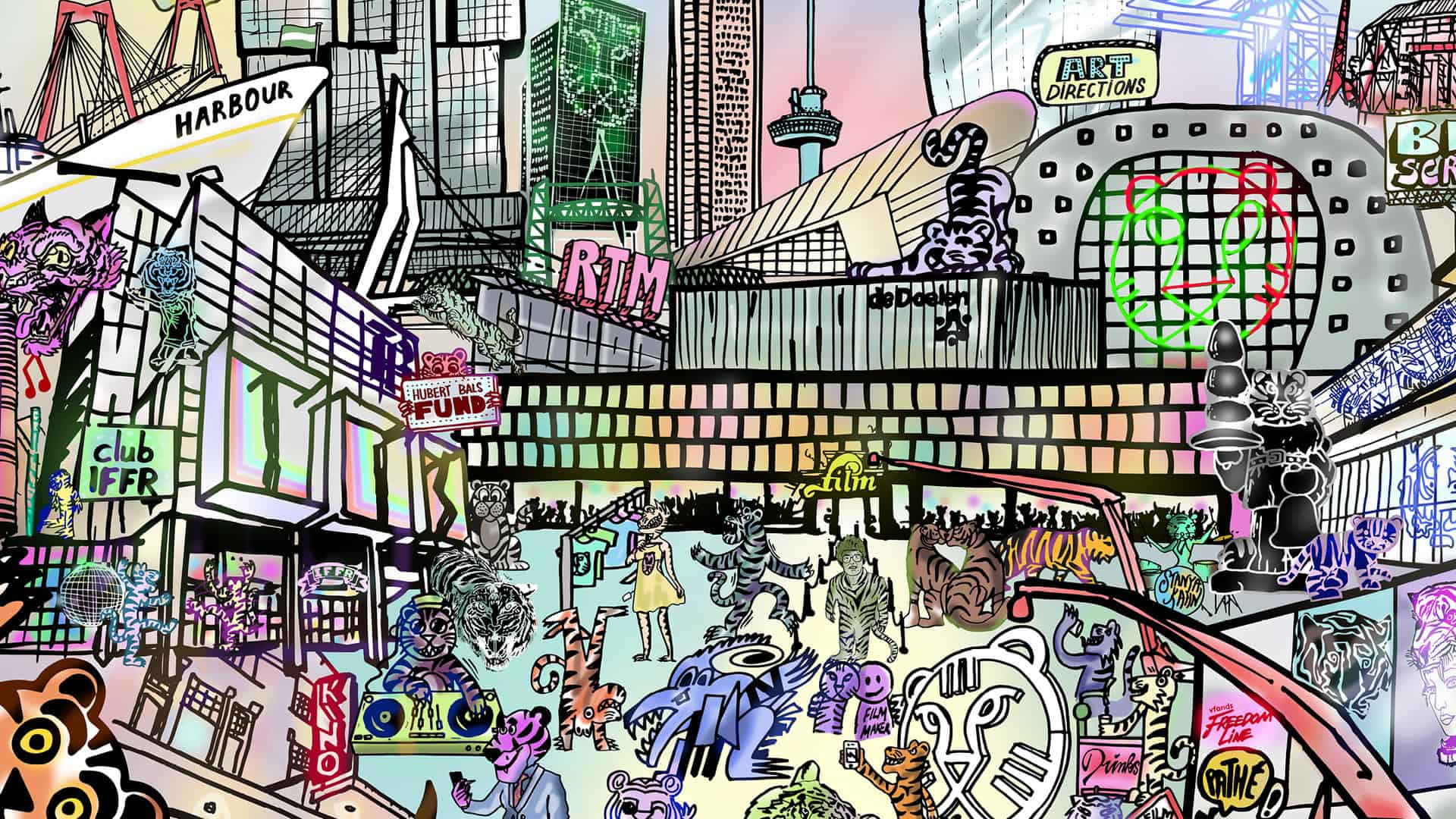
The story focuses on Romeo Maki, a professional wrestler going by the name of Masked Man M. After a tag-team match, where he was almost beaten by Lady S, a female wrestler he has become obsessed with, he arrives at the orphanage he works for. From the sisters he hears of the dire financial situation of the institution, whose interior already shows signs of decay and neglect. A little later, Romeo gets the chance of not only securing the much-needed money, but to once again be in the ring with his crush, as Lady S has demanded a rematch between the two of them, with the winner receiving 50.000 dollars.
While on the surface the story of “Kick-Heart” seems rather children-friendly, its addition of sexual themes, namely fetishism, masturbation and domination, make this one much more mature in content. The fact he can use the prize money to help the sisters and children at the orphanage seems more like a comfortable side-effect to Romeo, whose thoughts seem to constantly linger on the female wrestler, making their confrontation in the ring appear in a very different context. At times, you might get the idea he is enjoying being punished, punched and kicked by his opponent, with his facial expression showing signs of enjoyment and satisfaction. It is distinctly mature in content, but not so much in its approach to these themes, which seems more cartoonish, but nevertheless entertaining in parts.
However, where “Kick-Heart” clearly shines is in the animation and its overall design. Similar to his previous (and his future) works, Yuasa employs a surreal technique, which often borders on being psychedelic and trippy. The main character's obsession and his experience when he is around the woman he dreams about are expressed in a cascade of colors and shapes, again highlighting his joy and arousal. At the same time, there is a distinct contrast to other parts of his reality, with, for example, the orphanage being defined by darker colors, very fitting to the run-down quality of the place.
In the end, “Kick-Heart” is a clear indicator of the director's talent for animation and design. While the story itself, even for a short feature, is not on the same level and rather simplistic, there are plenty of moments where you will laugh and find yourself entertained.


